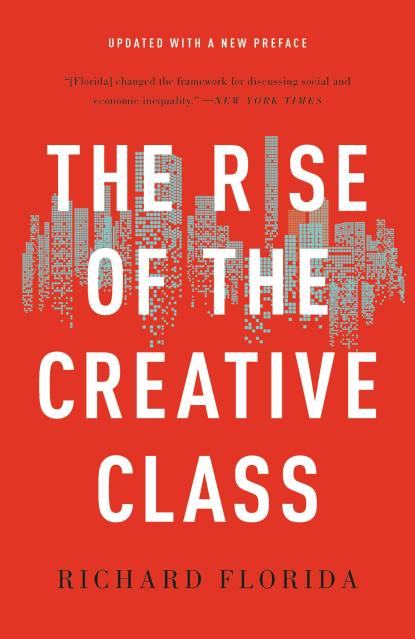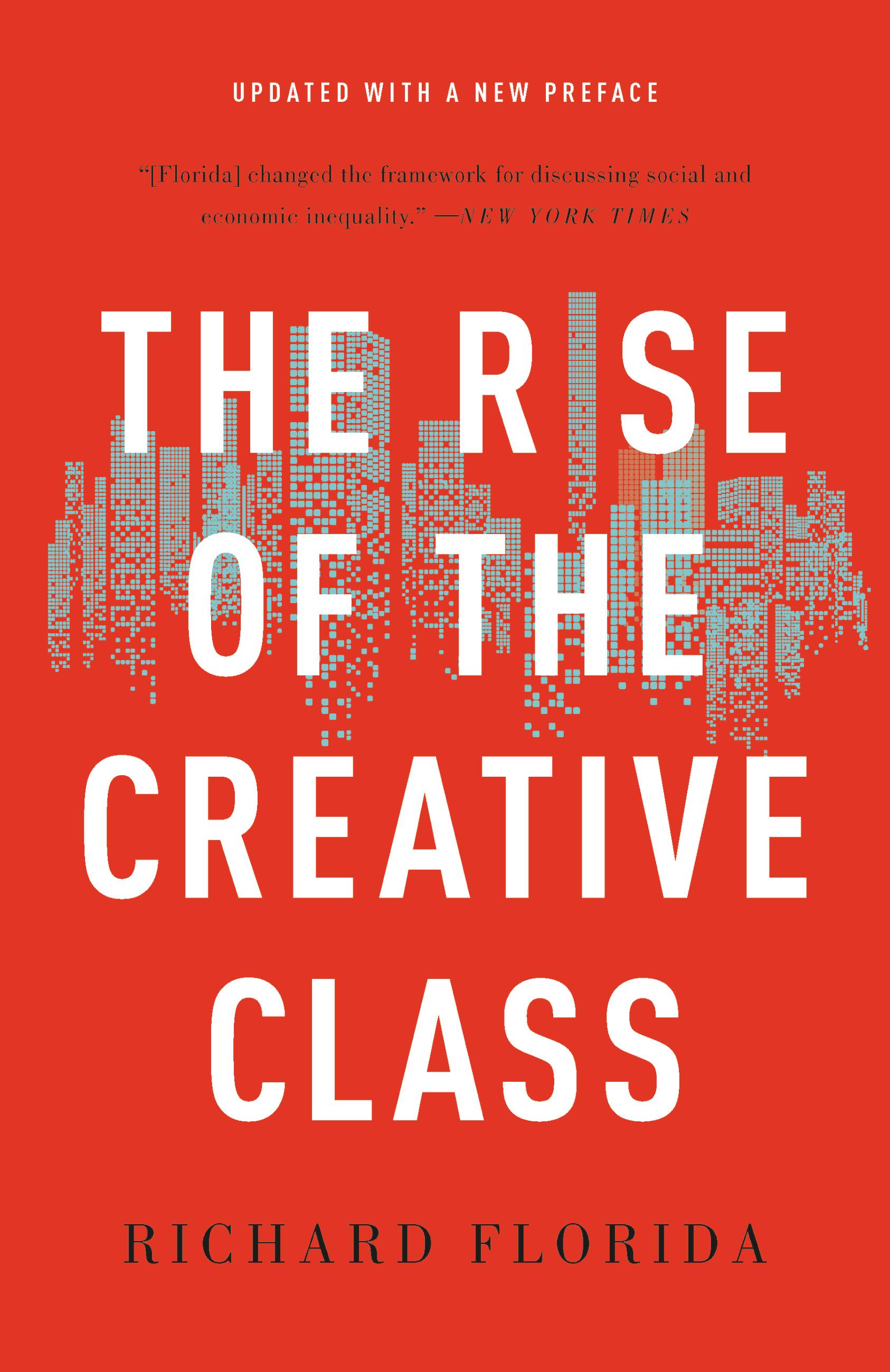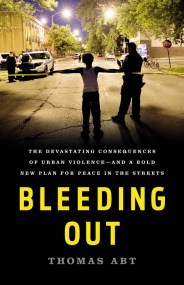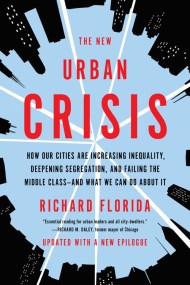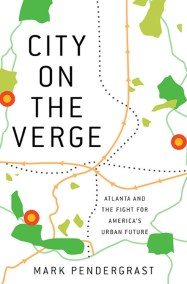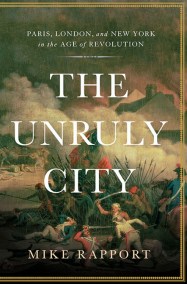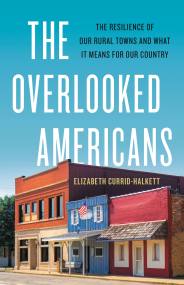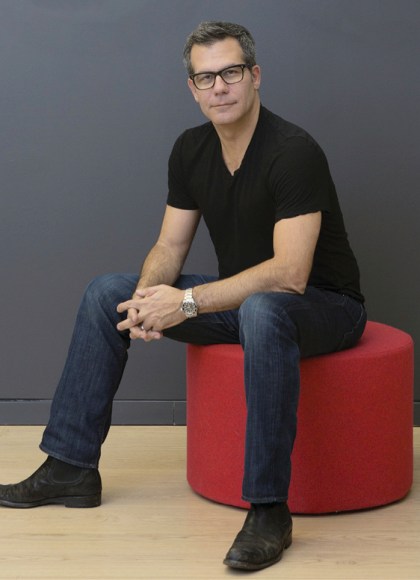Promotion
Use code MOM24 for 20% off site wide + free shipping over $45
The Rise of the Creative Class
Contributors
Formats and Prices
Price
$14.99Price
$19.99 CADFormat
Format:
- ebook $14.99 $19.99 CAD
- Trade Paperback $21.99 $27.99 CAD
This item is a preorder. Your payment method will be charged immediately, and the product is expected to ship on or around September 3, 2019. This date is subject to change due to shipping delays beyond our control.
Also available from:
World-renowned urbanist Richard Florida’s bestselling classic on the transformation of our cities in the twenty-first century — now updated with a new preface
In his modern classic The Rise of the Creative Class, urbanist Richard Florida identifies the emergence of a new social class reshaping the twenty-first century’s economy, geography, and workplace. This Creative Class is made up of engineers and managers, academics and musicians, researchers, designers, entrepreneurs and lawyers, poets and programmer, whose work turns on the creation of new forms. Increasingly, Florida observes, this Creative Class determines how workplaces are organized, which companies prosper or go bankrupt, and which cities thrive, stagnate or decline.
Florida offers a detailed occupational, demographic, psychological, and economic profile of the Creative Class, examines its global impact, and explores the factors that shape “quality of place” in our changing cities and suburbs. Now updated with a new preface that considers the latest developments in our changing cities, The Rise of the Creative Class is the definitive edition of this foundational book on our contemporary economy.
Genre:
- On Sale
- Sep 3, 2019
- Page Count
- 512 pages
- Publisher
- Basic Books
- ISBN-13
- 9781541617735
Newsletter Signup
By clicking ‘Sign Up,’ I acknowledge that I have read and agree to Hachette Book Group’s Privacy Policy and Terms of Use
